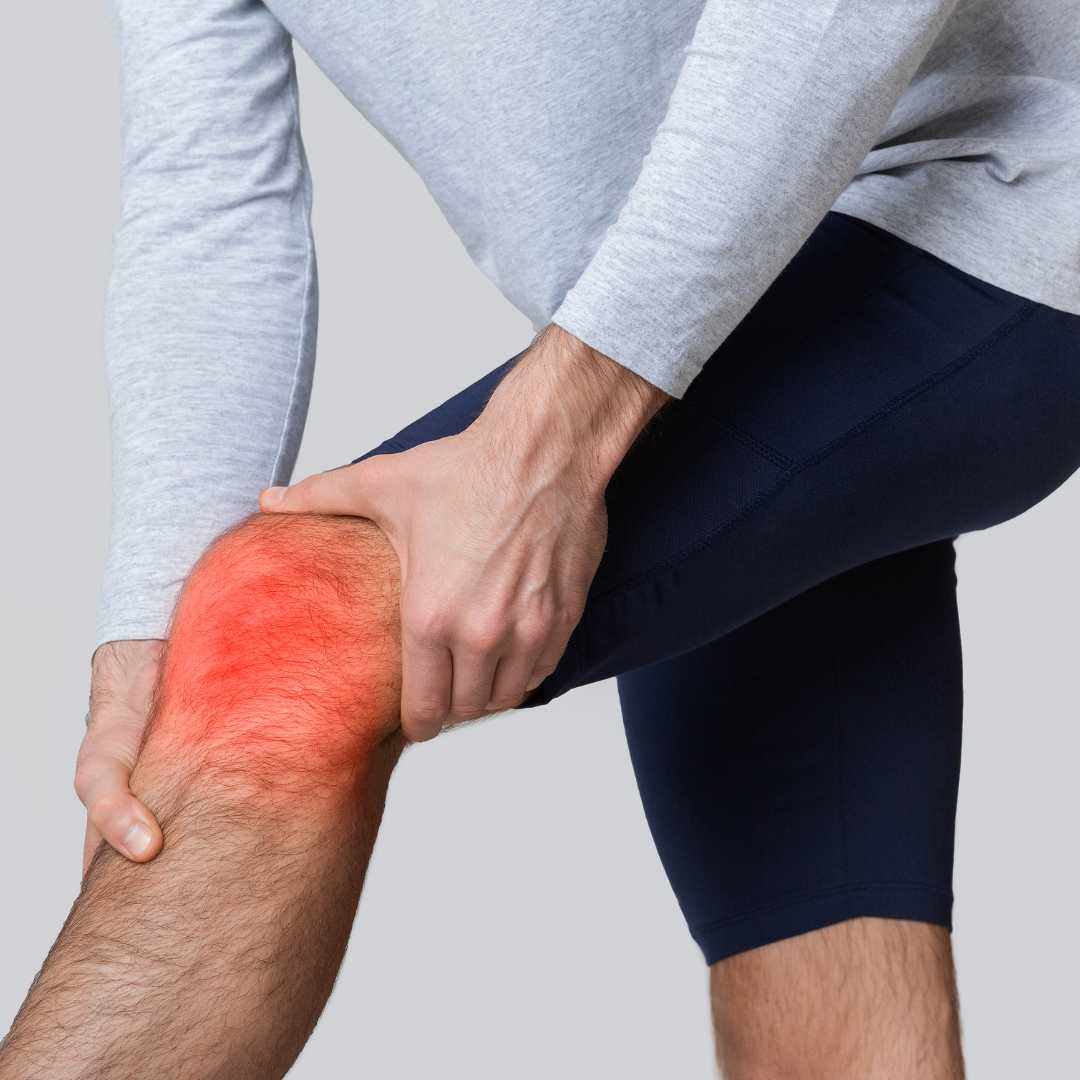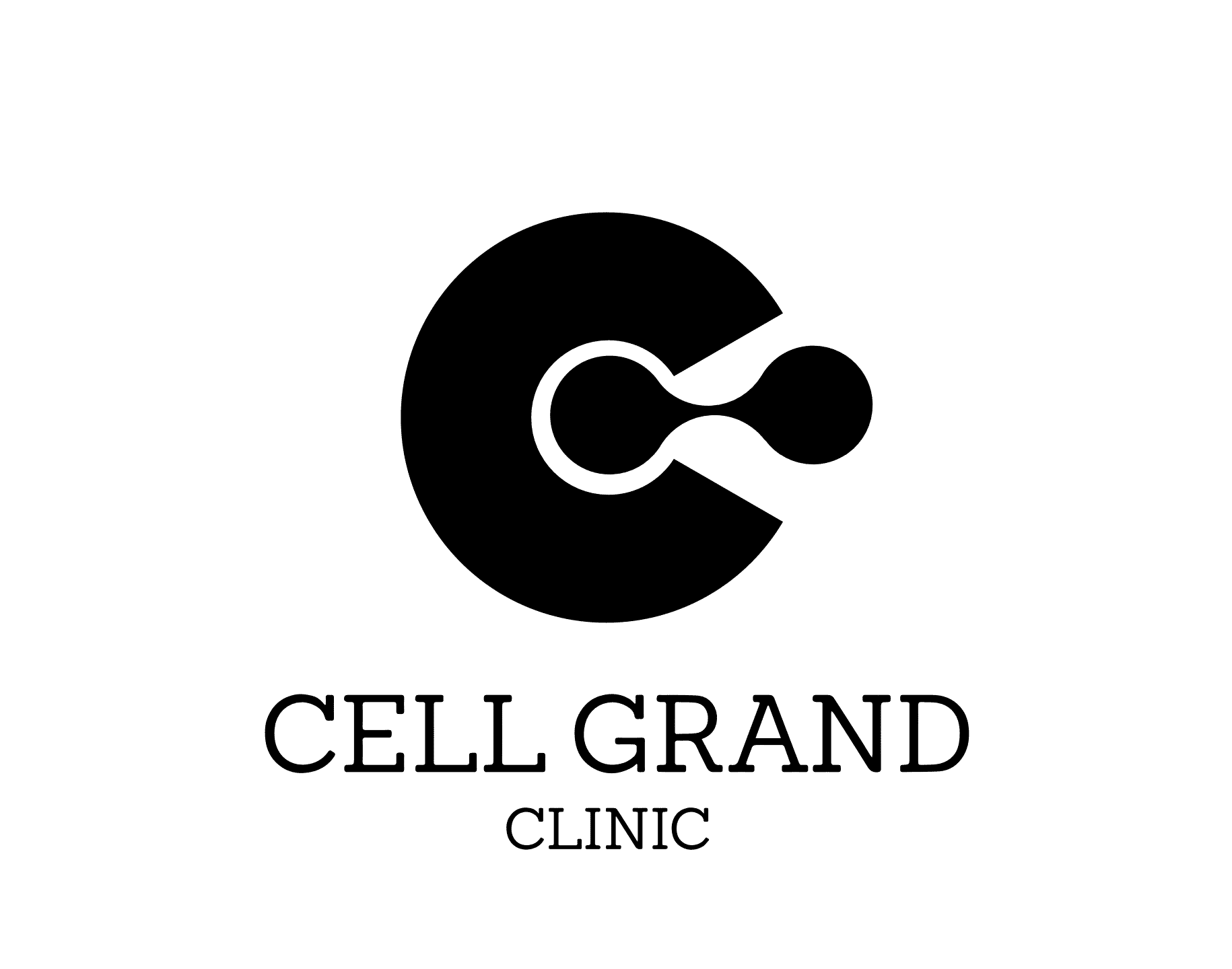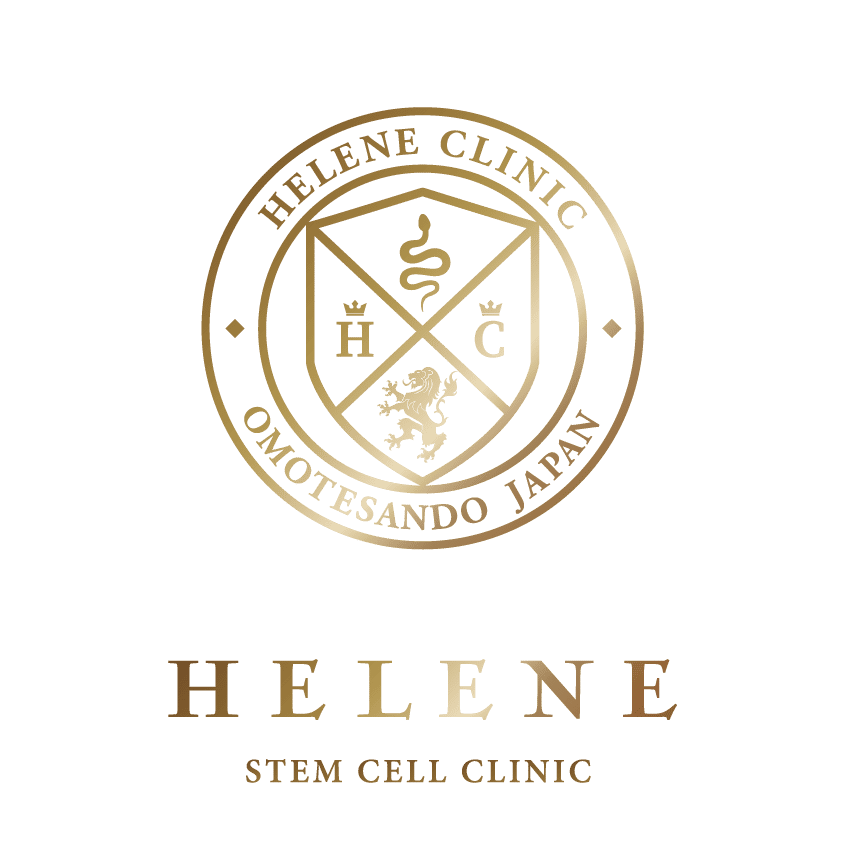Advanced Alzheimer’s Care: Stem Cell Therapy in Japan
.png)
While many countries restrict stem cell therapy for Alzheimer's to strictly controlled research trials, Japan's unique "Act on the Safety of Regenerative Medicine" allows private clinics to offer these treatments to patients immediately, provided they have proven safety and obtained a license from the Ministry of Health, Labour and Welfare (MHLW).
However, it is vital to distinguish between regenerative therapies (available now for purchase) and drug discovery trials (using iPS cells to find new medicines), which are also happening in Japan but are not direct treatments you can buy.
Commercial Treatment: Private Clinics (Available Now)
The Procedure: MSC Therapy
The standard treatment available to international patients involves using Mesenchymal Stem Cells (MSCs) harvested from the patient's own fat.
- Intravenous (IV) Drip: The most common method. Hundreds of millions of stem cells are infused into the bloodstream. Due to the "homing effect," these cells migrate to areas of inflammation, including the brain (though the Blood-Brain Barrier limits how many get through).
- Intrathecal Injection: A more advanced and expensive option offered by select clinics. Cells are injected directly into the spinal canal via a lumbar puncture, bypassing the Blood-Brain Barrier to deliver therapeutic factors directly to the Cerebrospinal Fluid (CSF).
Cost of Treatment
Because these are elective procedures, they are not covered by insurance.
| Treatment Type | Estimated Cost (USD) | Details |
|---|---|---|
| Standard IV Protocol | $15,000 - $25,000 | Includes fat harvesting, culturing (4 weeks), and 3-5 IV infusions. |
| Intrathecal Protocol | $30,000 - $50,000+ | Includes spinal injections. Higher risk/complexity, but potentially higher efficacy. |
| Exosome Therapy | $3,000 - $10,000 | Cell-free infusion of growth factors. Cheaper and faster, but effects may be shorter-lived. |
Clinical Research: iPS Drug Discovery (Not for Sale)
This is a point of confusion for many patients. Japan is famous for iPS cells (stem cells created from skin/blood), but you generally cannot get an "iPS cell transplant" for Alzheimer's at a private clinic. Instead, researchers use iPS cells to create "mini-brains" in the lab, give them Alzheimer's, and test thousands of drugs to see what works. If you see news about "Japan Alzheimer's Stem Cell Breakthroughs," it is usually referring to this research, not a procedure you can book for a family member.
How does the commercially available therapy work?
Current science suggests that Alzheimer's is driven largely by neuroinflammation. The brain's immune cells (microglia) become overactive and destroy healthy tissue while trying to clear amyloid plaques.
- Anti-Inflammation: MSCs release potent anti-inflammatory cytokines that calm the overactive microglia.
- Neuroprotection: They secrete neurotrophic factors (like BDNF and NGF) that protect surviving neurons from dying.
- Amyloid Clearance: Some animal studies suggest stem cells may help the brain clear amyloid beta plaques more efficiently, though this is not yet fully proven in humans.
Success Rates and Expectations
Clinics typically report that patients in the mild to moderate stages see the best results. Family members often report:
- Improved alertness and responsiveness.
- Better sleep patterns (reduced sundowning).
- Stabilization of memory loss for a period of 6-18 months.
Patients in late-stage Alzheimer's (severe dementia) generally see limited cognitive benefits, though physical vitality may improve.
Safety and Risks
Since the treatments use the patient's own cells (autologous), there is no risk of rejection. The main risks are:
- IV Therapy: Very safe, minor risk of bruising or fatigue.
- Intrathecal Therapy: Moderate risk. Spinal taps carry risks of headache, infection, or nerve injury, so this should only be done by highly experienced specialists.


.png)




.png)
.png)







Share this listing